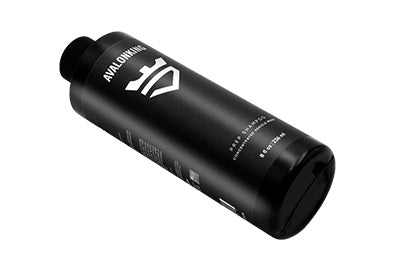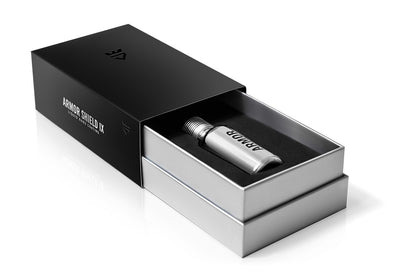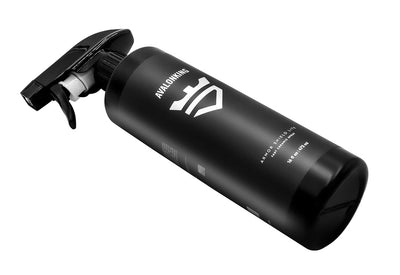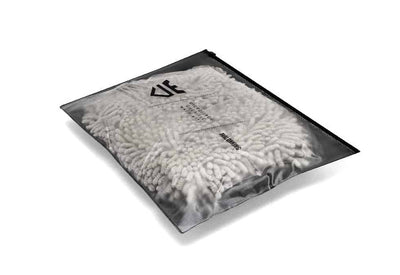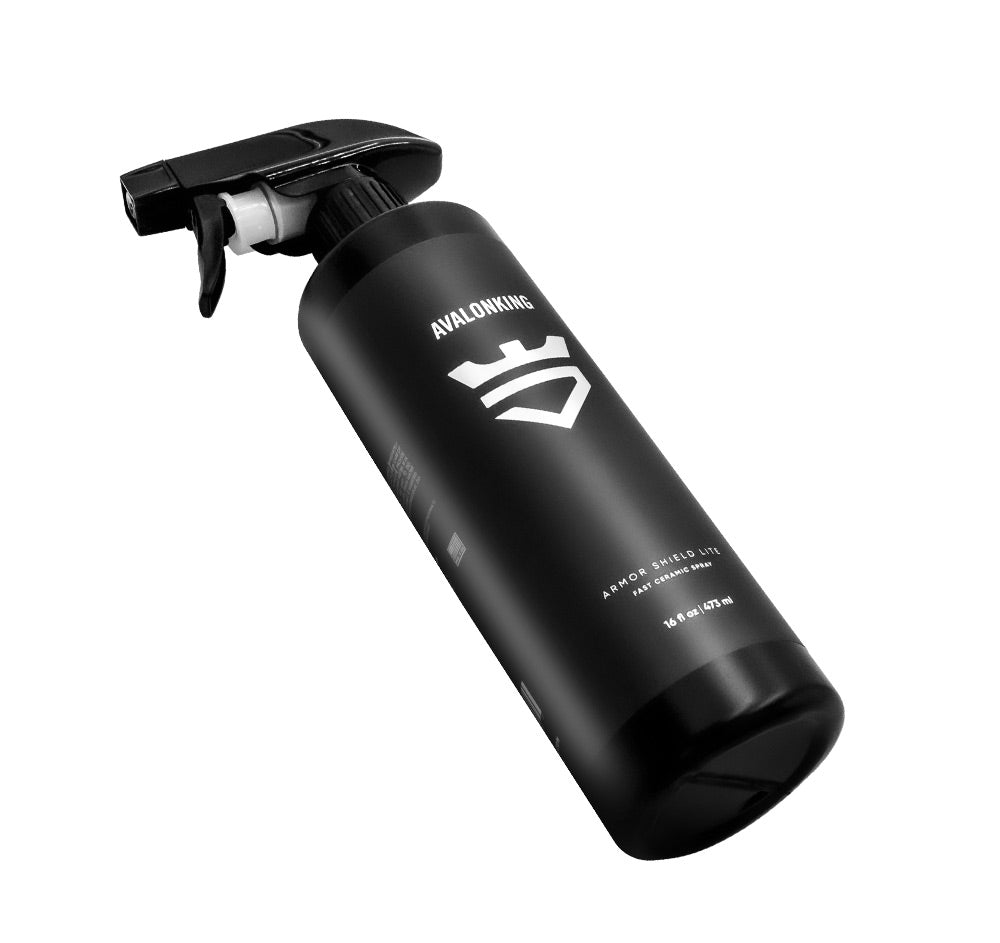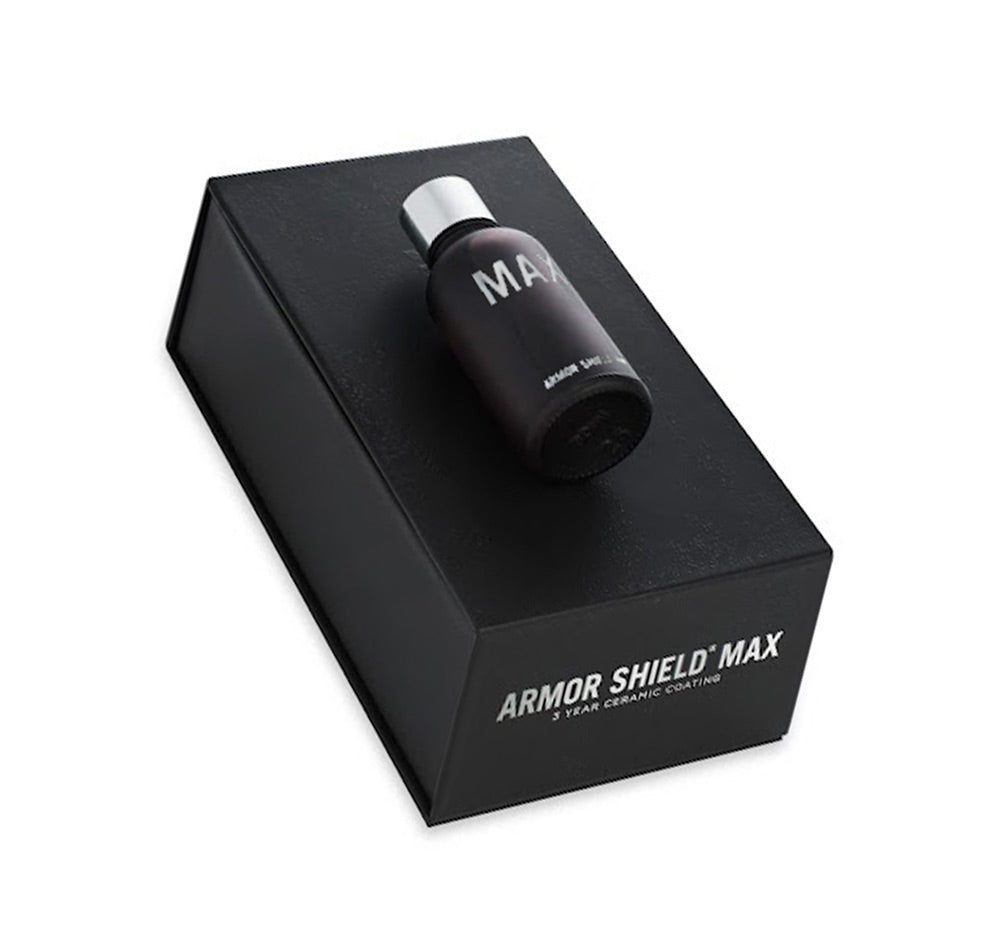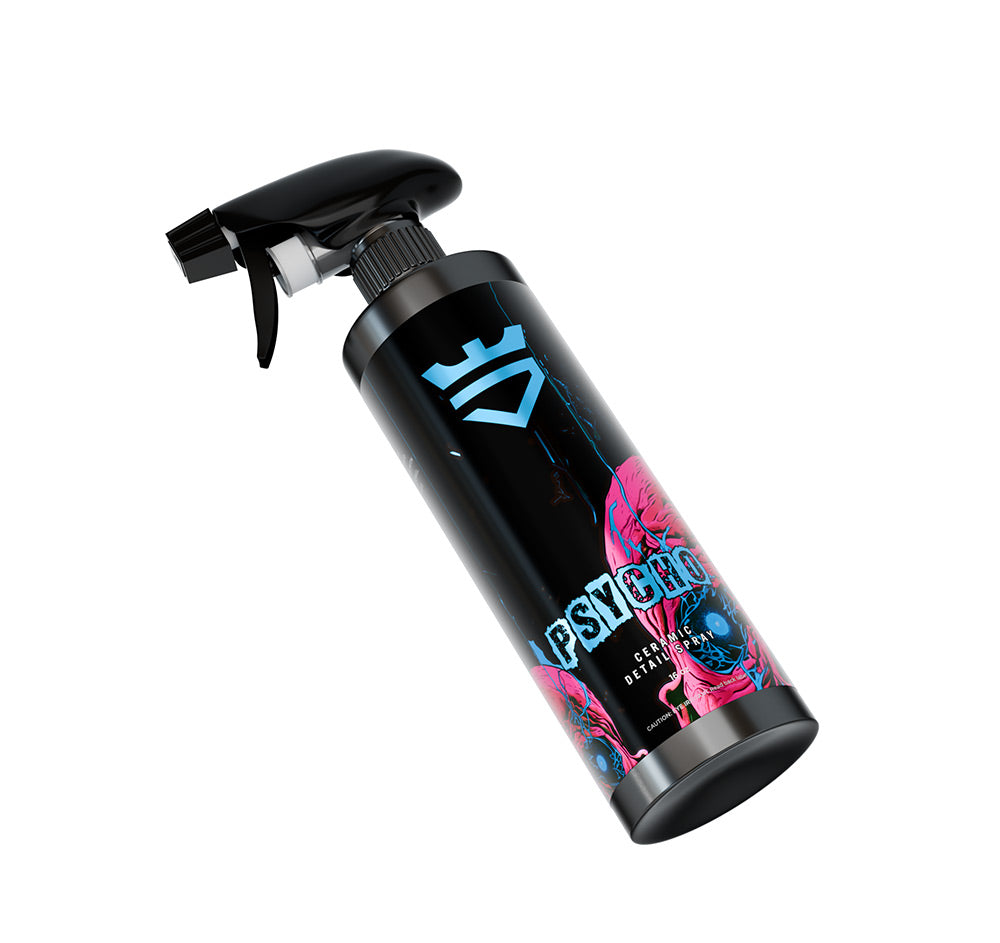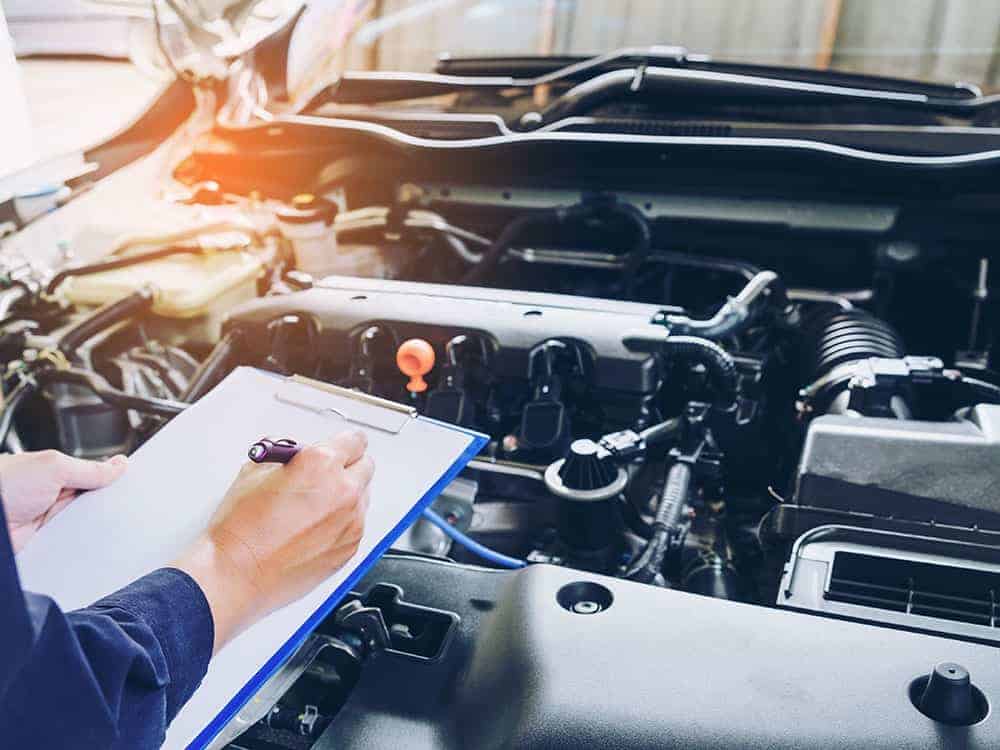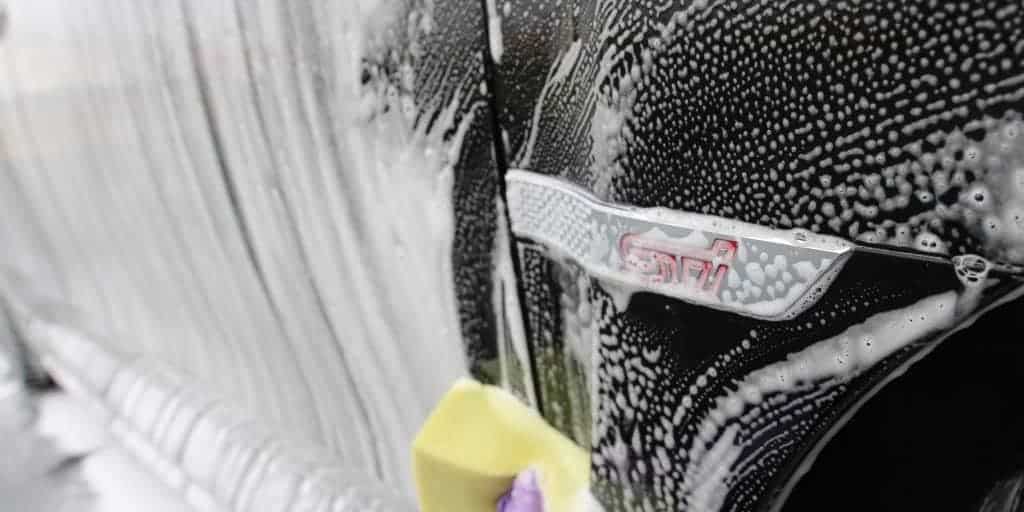Back in the old days, car owners in colder climates would spend the first weekend of November winterizing their cars. This usually included swapping the rear summer tires with studded snow tires, flushing radiators, changing the oil to a thinner grade, and so forth. It was a yearly ritual, that most car owners would complete on their own, or take to the local service station.
Times have changed.
Today’s cars, trucks, and SUV’s are manufactured to operate throughout the year, in conditions ranging from blazing summer heat to below-zero winter snowstorms. However, there are still several items that car owners should check every late fall, to ensure their rides are prepared for those cold winter months and poor road conditions.
With today’s AvalonKing blog, we’re going to turn it up to 11. In the information below, we’ll provide 11 steps you should take to ensure your car, truck, or SUV is prepped for the winter season. You don’t have to live in cold weather climates to follow these guidelines either.
Checking the Coolant System

You might be thinking, why would you check the coolant system if temperatures are going to drop during the winter season? Well, there is a logical answer to this. The coolant system powers your heater.
The heater on most cars, trucks, and SUV’s receives power from the heater core. Coolant flows from the engine (where it collects heat from the engine block), and into the heater core. This supplies heat to the coils inside the core.
As you turn on the heater, the blower motor sends air over those hot coils to create the heat that goes inside your car. A thermostat or temperature control determines how hot or cold that airflow is regulated.
So why is it so important to check the cooling system? Simple – the heater core is a hive for engine sludge and other debris that can clog the system, lead to poor heater performance, and even overheat your vehicle.
Here are a few important things you should do to winterize your car – with regards to the coolant system:
1) Flush the coolant system
This can be completed by a service station or you can do it yourself without much hassle.
2) Check your owner manual
Check the owner manual for the proper procedures for bleeding the coolant system. This will reduce the potential of air pockets or bubbles, which can cause overheating.
3) Water level in reserve tank
Make sure your overflow or reserve tank has NO water. It should contain straight coolant or the correct ratio of coolant to distilled water. Water in the tank will freeze during winter, crack the reservoir and lead to overheating.
Inspect Your Tires

There are some areas, like mountain regions, Alaska, and other regions that receive constant snow and ice, where it’s still a good idea to swap out all-season tires with winter-specific tires. Winter tires used to be simply designed – soft rubber compound, plus heavy siping, along with stud inserts – and there you go.
Winter tires of today are engineered differently. However, all-season tires are also much better to handle those casual snow and ice storms. The key is to check the tires before the wet and slippery stuff approaches.
Here is a checklist for your winterizing.
1) Tread Depth:
Check the tread depth: Any tires under 5/32nd’s of an inch in tread depth should be replaced – especially if the threat of snow and ice exists.
2) Local Laws
Check local laws for snow chains or snow tire requirements. If you are permitted to use chains, make sure to check them first, before placing them in the trunk.
3) Using Snow Tires
If you use snow tires, install them on all four. Even those vehicles with front-wheel or rear-wheel drive; having all four tires with optimal grip will reduce oversteering situations.
4) Tire Pressure
Stay on top of checking tire pressure. When the temperatures drop, the air pressure in your tire is likely to fall more than 5 PSI. Anytime that TPMS light comes on the dash, take the car to a local tire shop, have all tires filled to recommended PSI.
Replace Windshield Wipers

It doesn’t matter if they are not worn out – replace them before the winter season. Windshield wipers should be replaced on an annual basis. In fact, I believe that it’s a smart idea to have two sets of windshield wiper blades – one for spring and summer, the other for fall and winter.
This is especially important for winter and snowy weather areas. Having fresh wiper blades (that are made for ice) helps to reduce sticking onto frozen windshields.
Along with the windshield wipers, here are a few other tips:
Tips:
- Drain your windshield washer reservoir and fill with 100% pure winter wiper fluid. It’s very common for people to put water in that tank during summer. If you keep it in there during winter, it will freeze and crack. You’ll be screwed – trust me on this, I learned it the hard way when I moved to Denver in 1996 from San Diego.
- Keep a bottle of winter washer fluid in your trunk. During a snowstorm, or specifically, when it starts to melt, you’ll use a lot of wiper fluid.
Inspect Brakes and Replace Pads or Rotors if Needed
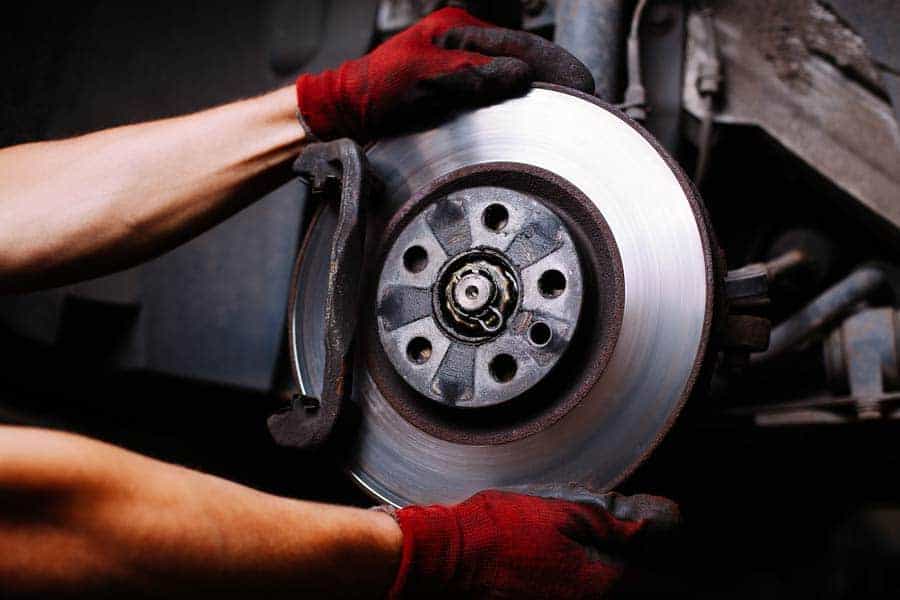
The next item on the winterizing tips checklist is brakes. Having good brakes and pads, along with ABS sensors that are working correctly is crucial during wet weather. If the brake pads are below 50%, be proactive and swap them out for new ones, while having your rotors turned (if you can) or replaced if needed.
Quick Tip: If your ABS or Traction Control Light is on – get that resolved before winter. Sometimes it’s just a poor connection with an ABS sensor, but your car, truck, or SUV depends on traction control and ABS in bad weather.
Check the Battery

A good car battery should last anywhere from 3 to 5 years. However, those living in colder climates are susceptible to reduced amps. As your car needs a strong battery to start in freezing weather, you should take your vehicle to a reliable auto parts store or service center to have the battery tested.
The battery inspection should also include battery cables. Bad or loose cables can replicate a bad battery situation. You should likewise check the alternator – well, hell – check the entire charging system while you’re at it. Seriously, you don’t want to get stuck somewhere because the engine won’t crank over.
Check the Heater Blower and Defroster

This should be completed at the same time you flush your radiator or coolant. However, if you choose not to flush the coolant, make sure to turn the heater and defroster on, to verify they are working before the cold weather needs it.
The defroster is crucial for removing ‘fog’ from the windshield and the rear window, which improves visibility.
Restore your Headlights

Sticking with the whole “it’s awesome to see while driving in poor weather conditions” theme – always check the condition of your headlights. Oxidation on headlights is quite common, especially if you park your car outdoors. Oxidation will cause the headlight lens cover to discolor, which reduces light from shining through and onto the road you drive.
Here is a quick checklist for headlights:
1) Check the headlight cover.
If it’s foggy or slightly discovered, purchase a DIY headlight restoration kit and clean them up prior to winter. If you’re not comfortable with this, check out your local automotive detailer, as they should be able to help with this task.
2) Replace the bulb.
Headlight bulbs are usually replaced every few years, and typically when they burn out first. You can be proactive by replacing the bulb(s) during your winterizing session.
3) Use Microfibre Cloth
Keep a microfiber cloth in the trunk and clean off during snowstorms. When the snow hits, it tends to stick to headlights first. To maintain visibility, use a microfiber cloth to wipe them clean before heading on the road.
Change Engine Oil and Filter

Engine oil and filters should be replaced every 5,000 miles (generally – but check with your specific manufacturer). Most engines made today are built with very tight clearances, and as such, use a very thin viscosity oil. In the old days, it was common for people in colder climates to swap from a summer oil (usually a 10w40) to winter or thinner blend (5w30).
These days are pretty much a thing of the past. You should consider changing the oil and filter as a proactive measure during your winter prep.
Inspect the Exhaust System

This one is usually one that baffles people. However, the exhaust system is a critical component to the overall efficiency of your engine. If there are small cracks or signs of rust or corrosion, it can be accelerated quickly, leading to exhaust system failure. Some people assume that it’s just a noise issue, but a damaged exhaust system can cause fuel system problems, hard to start issues, poor fuel economy and more.
Plus, when you live in cold climates that use road salt or mag chloride as a de-icing agent, it can collect on the exhaust, and rapidly corrode.
Never Run Low on Fuel

During the winter season, you should always keep at least ½ of a tank of fuel. Not only is this a good idea to help reduce the potential of running out of fuel, but when it’s cold, freezing weather can cause cold starting problems when fuel levels are lower.
Plus, if you live in an area that snows frequently, you’ll understand that sometimes traffic can stack up, keeping you on the highway for hours. This isn’t a great time to run out of gas – so just as a safety measure, keep at least a half-tank always.
Protect Your Paint
Now – it’s time to turn this blog up to 11.
One item that many car owners overlook during the winter is keeping their paint protected. However, the winter season represents more potential for damage to the paint due to contaminants, road salt, ice and snow, and more.
While there are several products that you can use, such as car wax (which will require replacement every two months), paint sealants (replacing it every year), or a PPF (which can last 5 years or more actually), the most affordable and best value for winter paint protection is a DIY ceramic coating.
Protecting Car Parts Using Ceramic Coating
A ceramic coating bonds to your clear coating, headlights, windshield, and even wheels. Basically, if a car part is exposed to hostile weather conditions, a ceramic coating can help protect it from damage.
Windshields

When you apply a ceramic coating to the windshield, a few things are enhanced. First, a ceramic coating makes surfaces very hydrophobic, meaning that water, dust, and even snow has a hard time sticking. This helps improve visibility during snowmelt, stormy situations, and even reduces ice from sticking as much.
Wheels

You’ll find the winter season to be a real pain in the a$$ for trying to keep your wheels clean. Applying a ceramic coating to your alloy or chrome wheels makes it simple to remove road grime, snowmelt, and other ‘stuff’ that collects on the wheels during winter.
Headlights

A ceramic coating applied to the headlights makes removing road splatters during ice and snow melting – simple. Just spray the headlights with a hose and they are nice and clear again. Plus, it will help protect the headlights from UV exposure, reducing the potential of oxidation and fogging.
Paint

Obviously, the main area that benefits from a DIY ceramic coating like Armor Shield IX is the paint surface. By taking the time to prep your vehicle first, then apply the coating, you’re providing a microscopic, yet exceptionally durable layer of protection. It makes the surface incredibly hydrophobic, allowing winter sludge and snow to simply fall off with very little effort.
Additionally, the ceramic coating helps to protect the painted surface from exposure to mag chloride or road salts that are used as a de-icing agent.
Wrapping it Up
The winter season in some parts of North America is cool, sunny, and the best time to play golf. When you’re fortunate to live in Florida, Arizona, and California, there isn’t much you need to do to winterize the vehicle. It’s those frigid areas, where staying ahead of routine service with engine oil, windshield wipers, the coolant system, tires and more, can really make a difference.
Regardless of your location, being proactive about protecting your paint surface with a ceramic coating is a great way to block UV rays, keep the car cleaner, and enhance the shine for years. If you’re thinking about applying a ceramic coating, take a strong look at our Armor Shield IX DIY Ceramic Coating.

